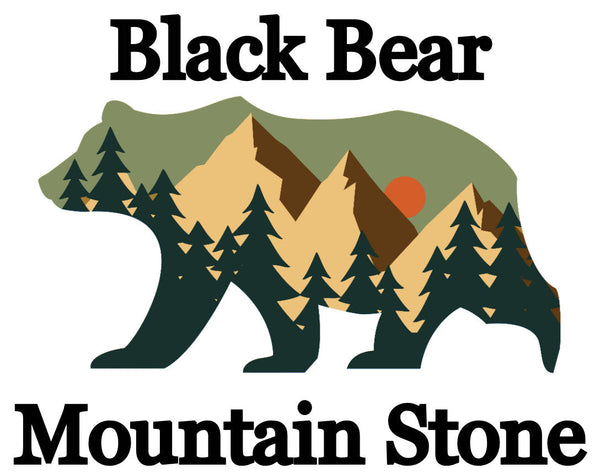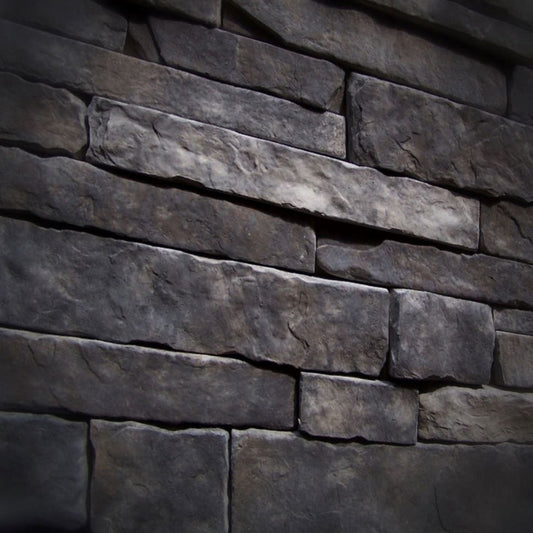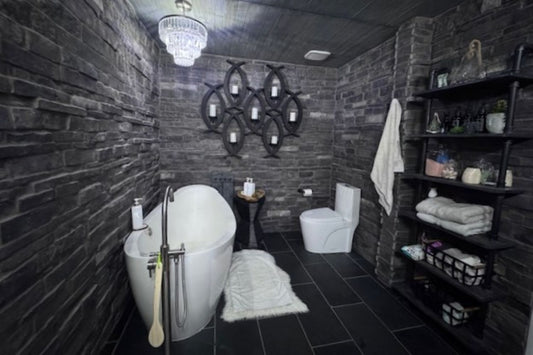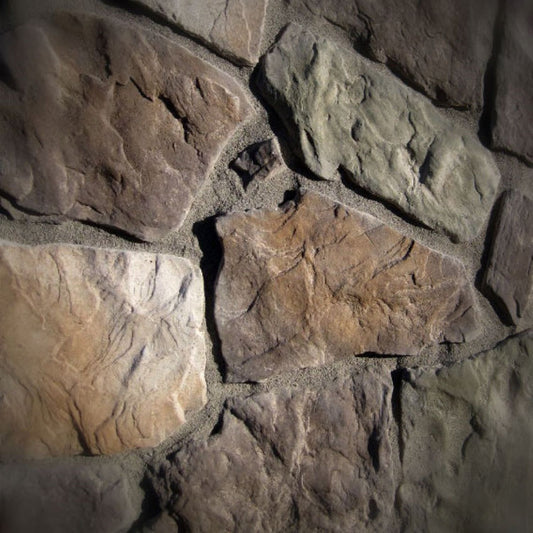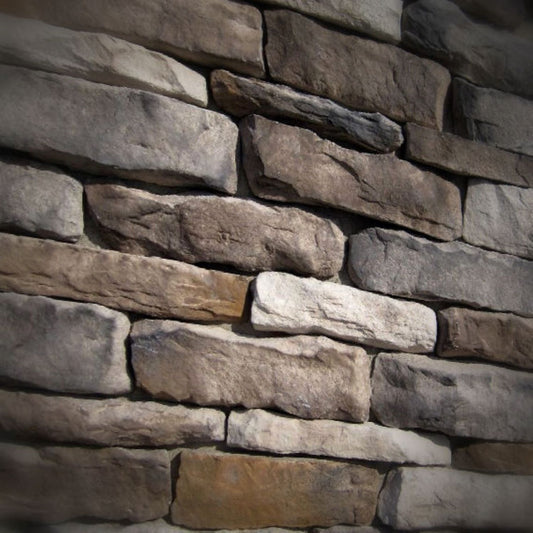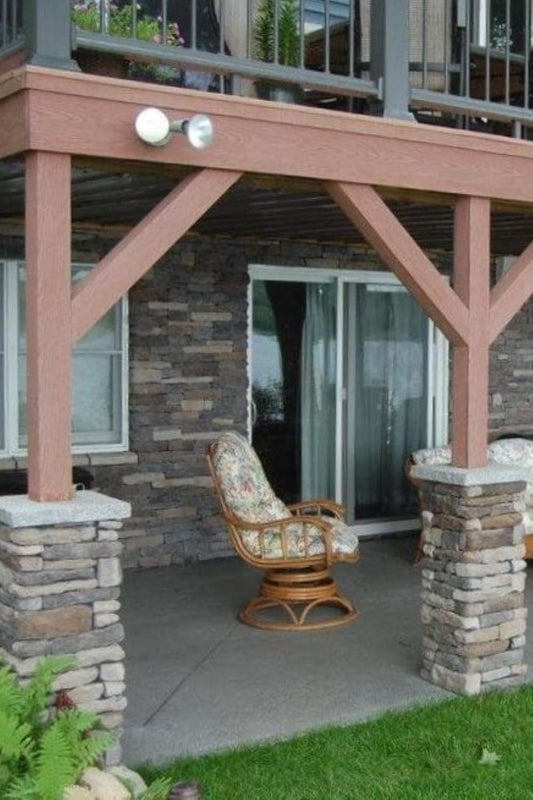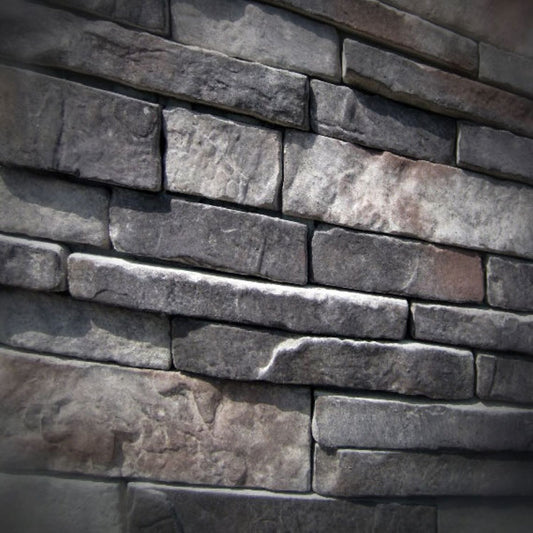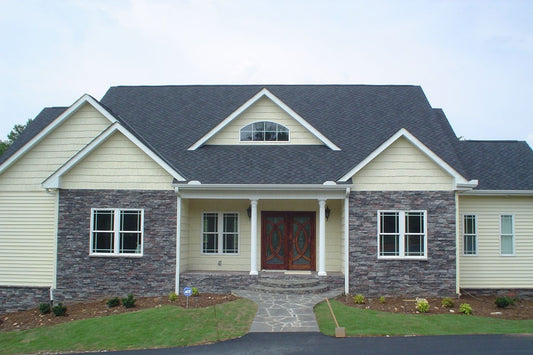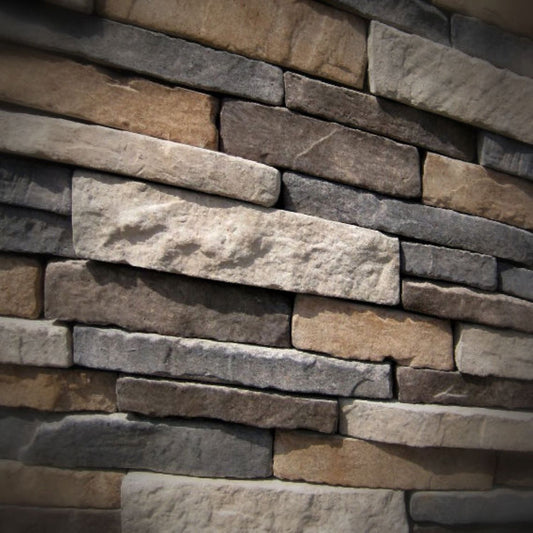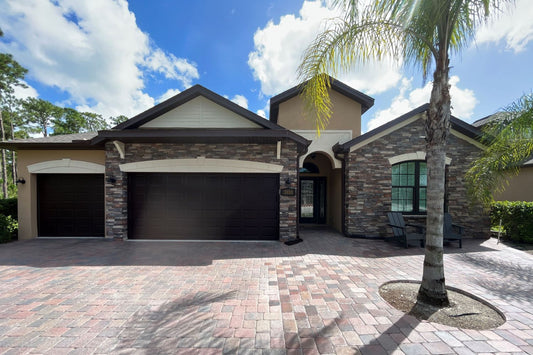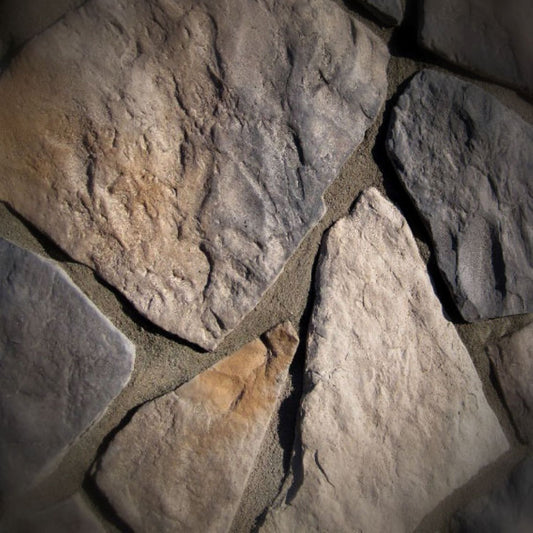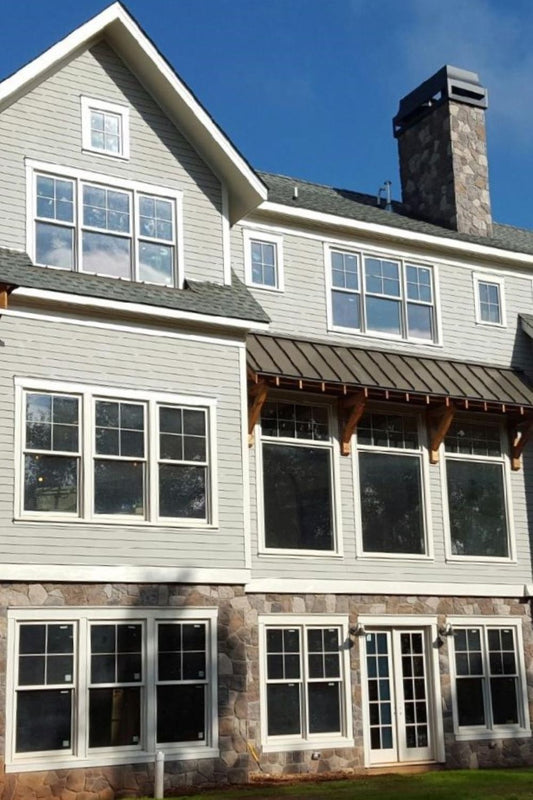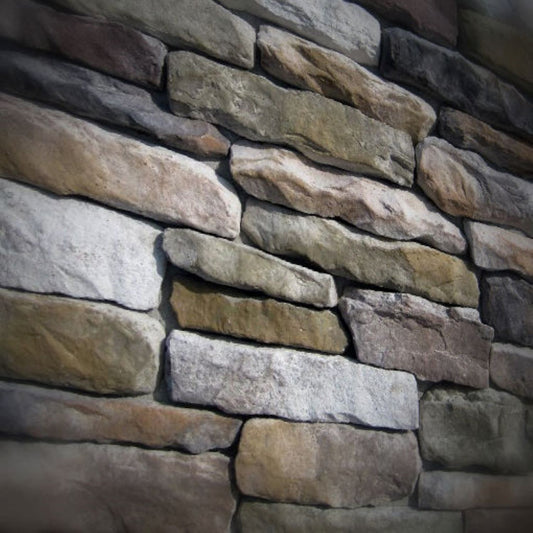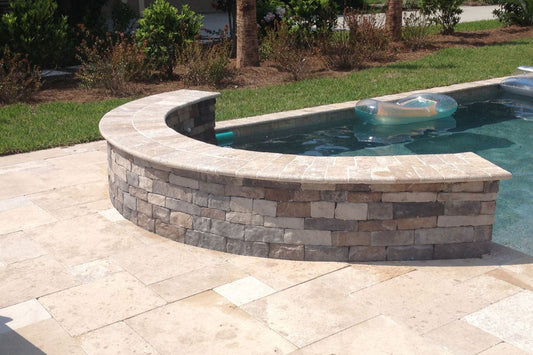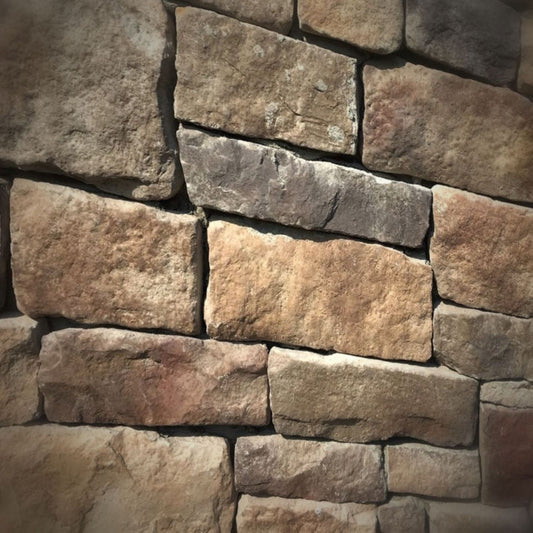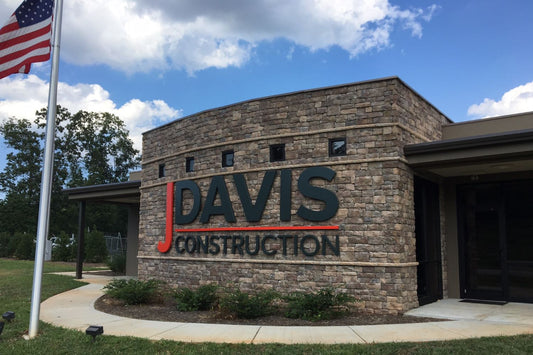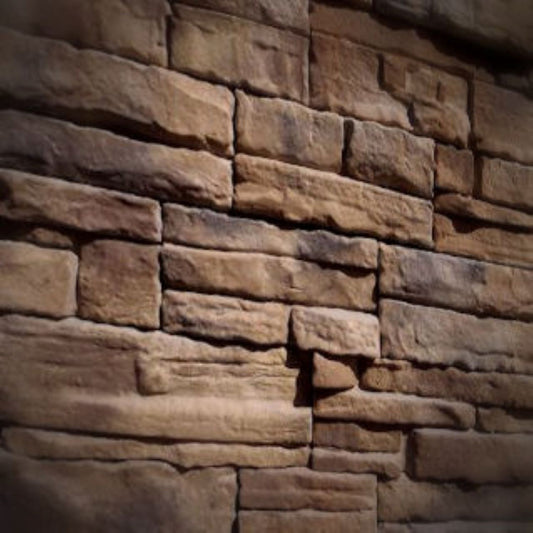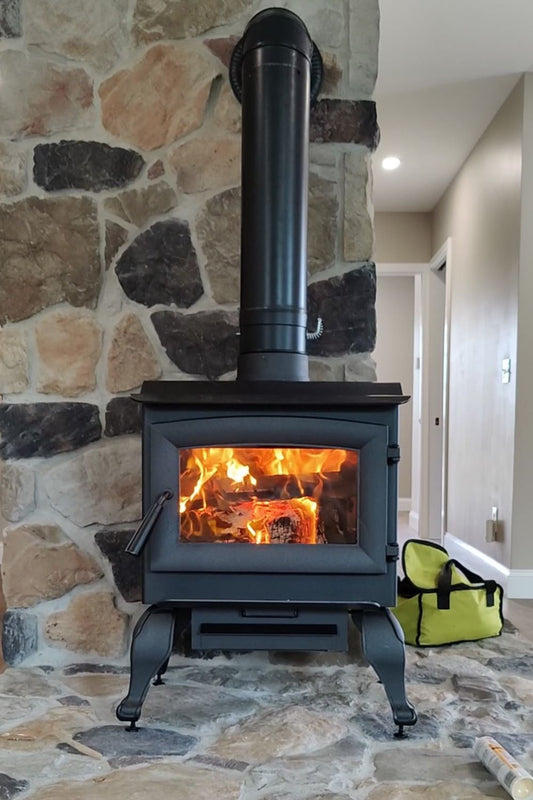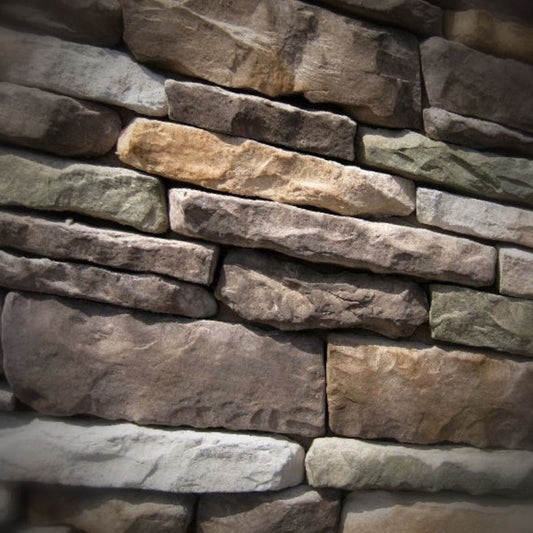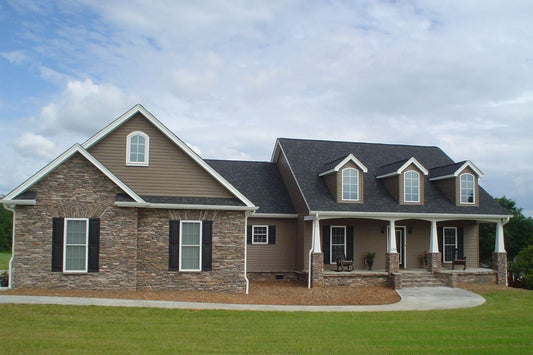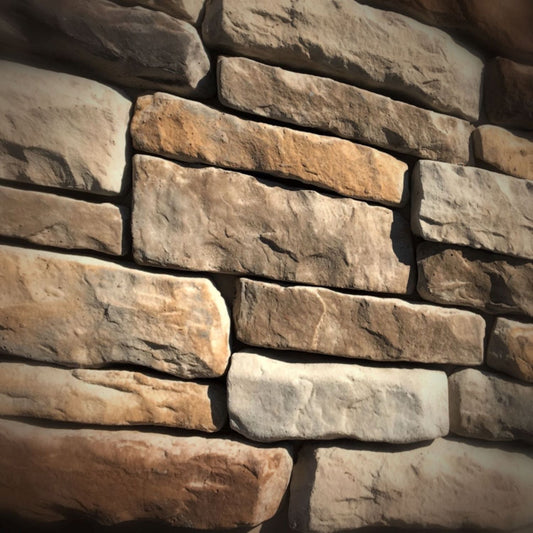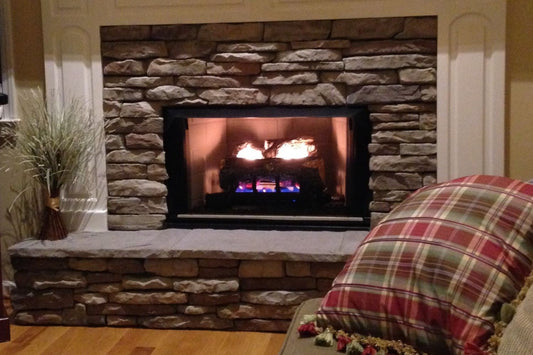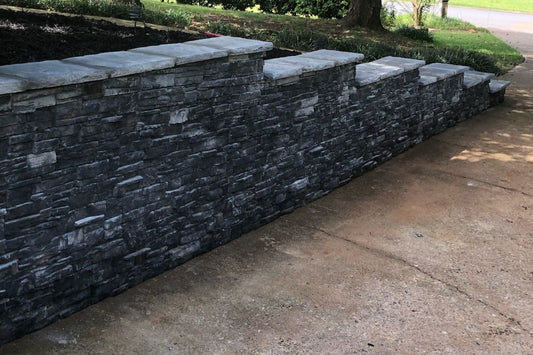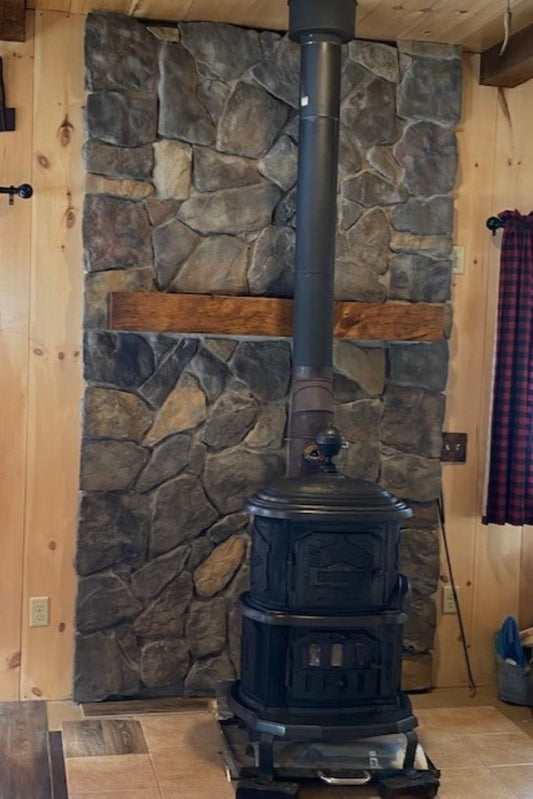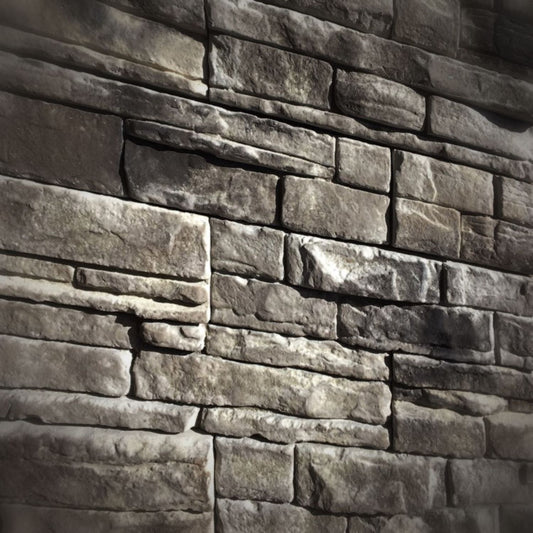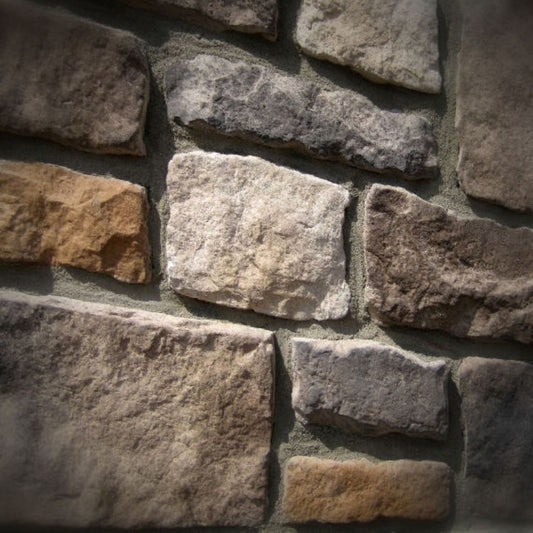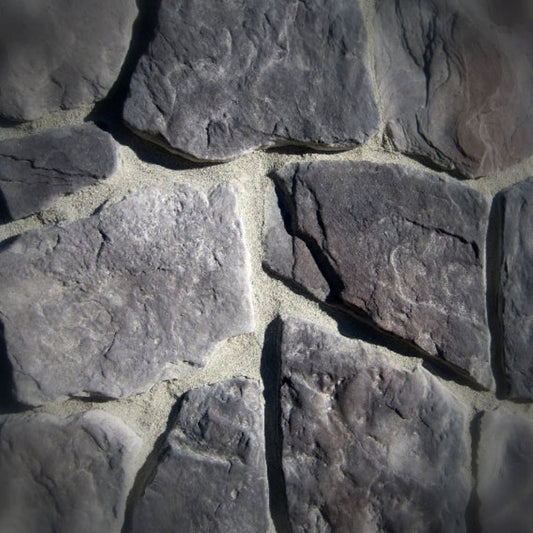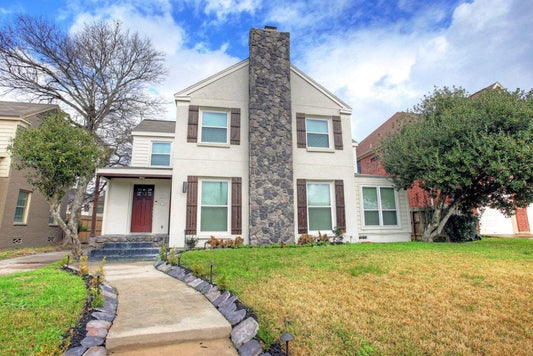
Stone Veneer & Freeze/Thaw Cycles
Share
When you live in a region that experiences harsh winters, installing manufactured stone veneer requires a few extra steps to ensure long-term durability and performance. Cold temperatures, freeze/thaw cycles, and moisture can all affect adhesion and longevity if proper installation techniques aren’t followed. In this guide, we’ll walk you through how to properly install manufactured stone veneer in cold climates, the materials you should use, and common mistakes to avoid, so your stone veneer looks beautiful and lasts for decades.
Understanding the freeze/thaw cycle
The freeze/thaw cycle is one of the biggest challenges for exterior building materials in northern climates. When moisture seeps behind or into masonry and freezes, it expands, creating pressure that can cause cracking, spalling, or delamination over time. Manufactured stone veneer is designed to perform well in these conditions, if it’s installed correctly. The key is to prevent water from getting trapped behind the veneer and to use materials rated for cold-weather installation.
Tips for installing stone veneer in cold weather
1. Check the temperature before you begin: avoid installing manufactured stone veneer when temperatures are below 40°F (4°C) and falling. Mortar won’t properly cure in freezing conditions, leading to weak adhesion and potential failure. If temperatures hover near freezing, use cold-weather construction practices such as setting up tent enclosures or temporary heating, mixing mortar with warm water, and covering the installation with insulated blankets to protect the curing mortar overnight.
2. Use a high-quality mortar: select a mortar designed for manufactured stone veneer and rated for freeze/thaw durability. A Type S works best for cold climates, providing strong bonding and flexibility to handle temperature changes. Avoid using mortar that has started to stiffen in cold weather, discard and mix a fresh batch instead.
3. Install a proper drainage plane and weather-resistant barrier: moisture management is critical. Always install a weather-resistant barrier (WRB) behind the stone veneer and include a drainage plane or weep screed at the base of the wall to allow water to escape. This step is essential in cold regions where trapped water can freeze and expand behind the veneer.
4. Don’t skip lath and scratch coat: always install a metal lath and a scratch coat before setting the stones. This helps ensure a strong mechanical bond between the mortar and the stone veneer.
5. Seal joints properly: for grouted stone veneer installations, fill joints completely and compact them tightly to prevent water penetration. Consider using a breathable masonry sealer once the mortar has fully cured to add another layer of moisture protection.
6. Plan for expansion and contraction: stone veneer expands and contracts slightly with temperature changes. Use control joints and flexible sealants around openings (like windows or doors) to prevent cracking.
Long-term maintenance in cold climates
1. Inspect annually: check for loose stones, cracks, or damaged joints before winter.
2. Clean gently: use mild detergent and a soft brush, avoid harsh chemicals or pressure washing.
3. Reseal when needed: a breathable masonry sealer every couple of years can extend the lifespan of your stone veneer.
4. Keep water away: maintain proper grading and drainage around the foundation to prevent water pooling near walls.
Frequently asked questions
1. Can I install manufactured stone veneer in the winter? Yes, but precautions must be taken. Avoid installing below 40°F (4°C) unless you’re using heated enclosures or temporary shelter to maintain proper curing conditions.
2. What happens if mortar freezes before curing? If mortar freezes before it sets, it loses strength and adhesion, which can lead to stones loosening or falling off. Always protect fresh mortar from freezing for at least 48 hours.
3. Do I need to use a sealer on my stone veneer? While not always required, using a breathable masonry sealer can provide extra protection against freeze/thaw damage by preventing water absorption.
4. Is manufactured stone veneer suitable for foundations in cold climates? Yes, manufactured stone veneer can be used on foundation walls if installed correctly with proper waterproofing, drainage, and freeze/thaw-resistant mortar.
5. How do I protect my veneer from snow and ice? Ensure proper overhangs, flashing, and grading to direct water away from the wall. Avoid piling snow directly against stone veneer surfaces.
Stone veneer & freeze/thaw cycles
Installing manufactured stone veneer in cold climates isn’t difficult when you follow the right steps. By choosing quality materials, using proper installation techniques, and protecting the veneer during curing, you can achieve a stunning, long-lasting finish that stands up to harsh winter conditions year after year. At Black Bear Mountain Stone, our premium manufactured stone veneer is designed to perform beautifully even in extreme climates. Whether you’re finishing an exterior wall, foundation, or outdoor feature, our stone veneer combines the authentic look of real stone with the durability and weather resistance you can trust.
You may also like
Does manufactured stone need sealing? What homeowners should know.
Installing stone veneer near the ground: Best practices & moisture protection.
Stone veneer mortar vs. adhesive: Key differences explained.
What's next?
Enhance your home with premium stone veneer. Order a sample to experience the authentic texture and rich, natural colors up close or shop now to begin your timeless, durable project.
Have a question?
Please see our full terms of service.
For general information and questions please call: (864) 882-8960 Mon. - Fri. 8am - 5pm (EST) or email: info@mountainviewstone.net we are more than happy to help you.
Or you can submit your questions via our contact us page.
We look forward to working with you on your upcoming project.
The Black Bear Mountain Stone Team
Pictured is lime stone midnight.
